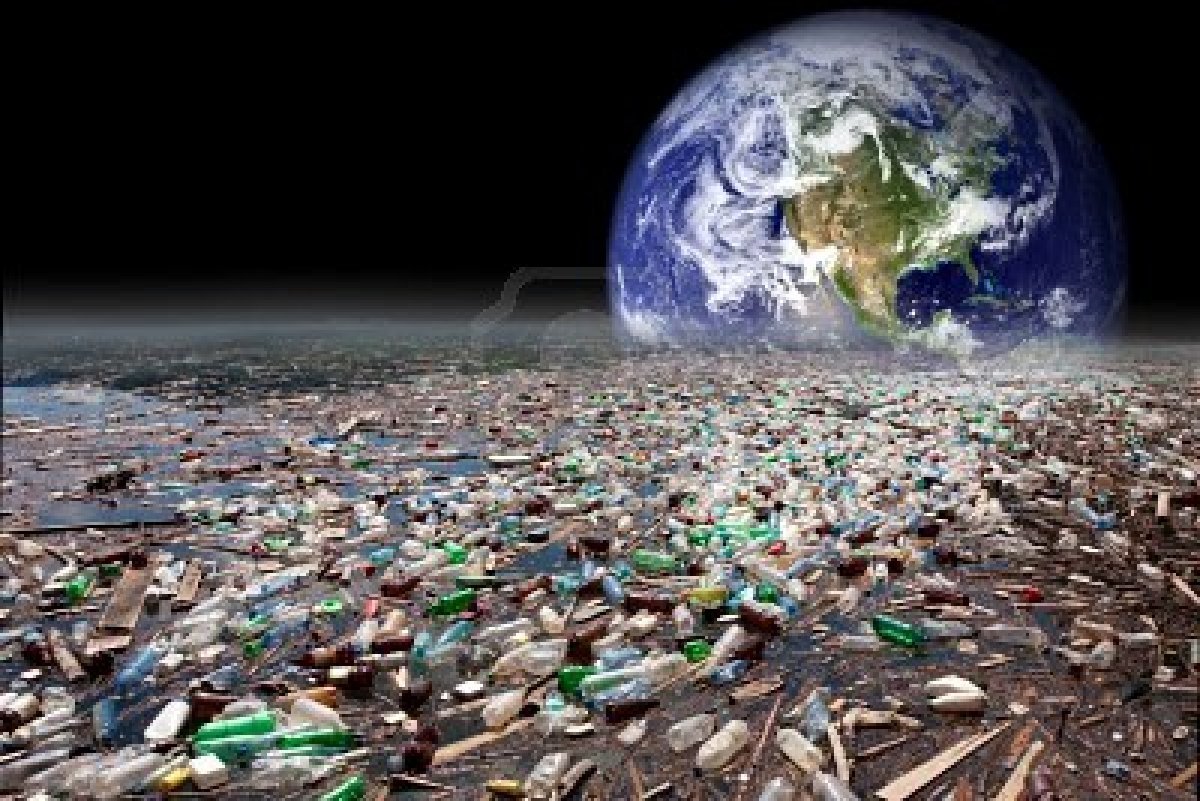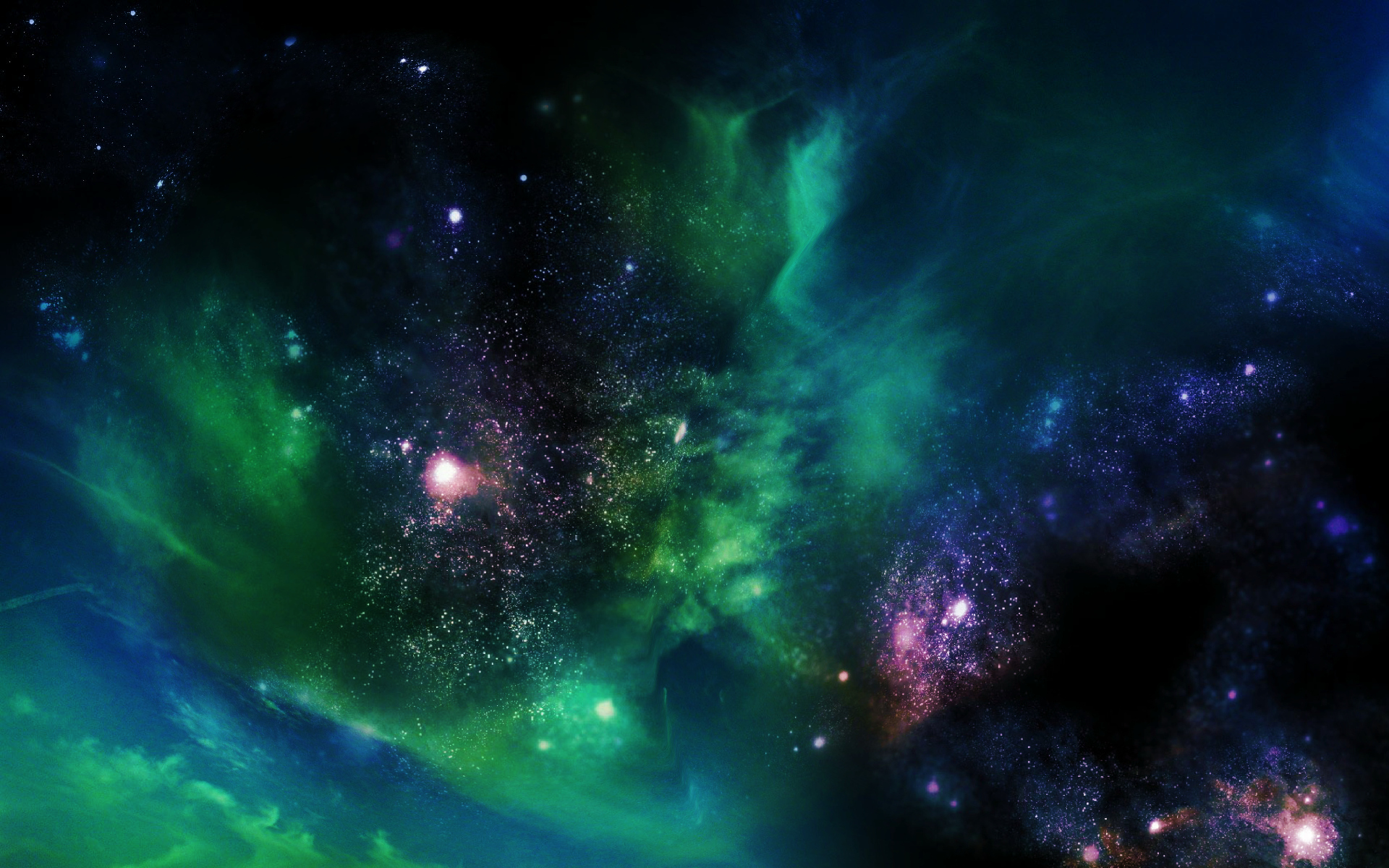
A team of scientists has created a low cost, fully printable solar cell that has remained stable in real world conditions for over one year, moving these record breaking solar cells from the lab to the commercial world.

The researchers found out of 40,760 rivers, a mere 20 contribute two thirds of the plastic input. The Ocean Cleanup created an interactive map to help visualize the issue.

Customers are encouraged to physically create energy in exchange for speciality coffees – no cash accepted.

Globally, more than 2 billion children and adults suffer from health problems related to being overweight or obese, and an increasing percentage of people die from these health conditions, according to a new study.

A new study has discovered structures in the brain with up to eleven dimensions - ground-breaking work that is beginning to reveal the brain's deepest architectural secrets.

For the first time, scientists created a method for effectively mapping that DNA damage at high resolution across the genome.

A team of astrophysicists from UZH has simulated the formation of the entire Universe, producing a catalog that will help unlock the secrets of the "Dark Universe".

Elon Musk announced that “almost all” Superchargers will be disconnected from the grid as solar and battery arrays are installed at the company’s 800 stations.

Many questions remain unanswered about methane hydrates, including a rather big one: could our current climate change thaw some hydrates, contributing to further warming in the near future?

Two teams of researchers reported they have detected a prebiotic molecule—a potential building block of life—around newly formed sunlike stars.

Recent research shows that light is much stranger and more complex than scientists had previously given it credit for. According to recent findings, light can also behave like a liquid.

Remains of the earliest known Homo sapiens date to 300,000–350,000 years ago in North Africa, and push back the origins of our our species by over 100,000 years.

A presentation at the June 6th AAS meeting confirms that our galaxy is inside an enormous cosmic void, the largest one ever discovered.

An astrophysics researcher has identified the possible compositions of the seven planets in the TRAPPIST-1 system. TRAPPIST-1e may be the best candidate for future habitability studies.

I visited the garment factory workers who could lose their jobs to automation. But could robots also change their lives?